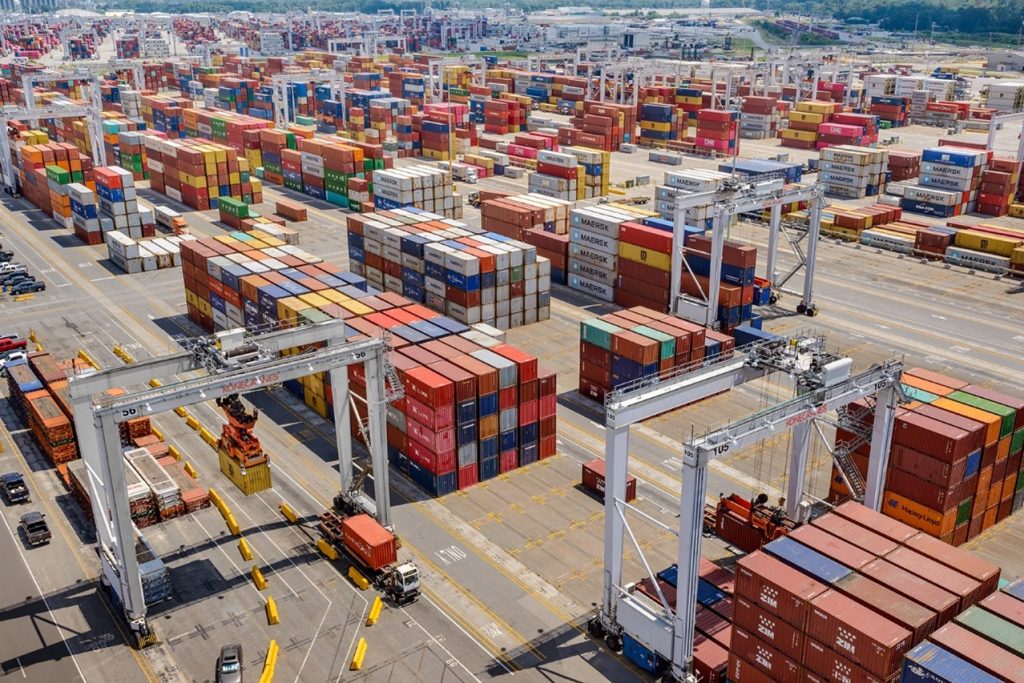
News
Cranes
Deliveries
Ports
Port of Savannah places major order for 7 STS & 15 RTG cranes
April 26, 2022 By Don Horne
 The Port of Savannah.
The Port of Savannah. The Georgia Ports Authority (GPA) Port of Savannah announced that it has ordered seven Ship-to-Shore (STS) cranes and 15 Rubber-Tired Gantry (RTG) cranes from Konecranes.
“The container cranes on order will be key to the GPA handling the increasing volumes and will support continued growth. The seven STS cranes can handle the world’s largest container vessels, with a lifting height of 165 feet and an outreach of 230 feet. The RTGs will be delivered as fully electric and carbon neutral, with a lifting capacity of 40 tons,” said Jussi Suhonen, Vice President Regional Sales Americas, Port Solutions, Konecranes.
The order is Konecranes’ second largest order ever and it was booked in Q1 2022. The RTG cranes will be delivered by August 2023, and the STS cranes will be delivered by mid-2025.
The Port of Savannah has the single largest and fastest-growing container terminal in the USA. It is run by the Georgia Ports Authority (GPA) and its operations are being expanded, with investments in new container handling capacity. Projects now underway will add 1.7 million TEUs of annual capacity in a few months.
The STS cranes will be equipped snag prevention, anti-collision systems and cameras for the operators. They will bring GPA’s fleet of Konecranes STSs to a total of 42.
The 15 Konecranes RTGs on order are supplied with cable reel systems for electric operation. They are high-performance, 16-wheel RTGs with a stacking height of 1-over-6. They will be equipped with Konecranes’ Active Load Control system, which prevents container sway. Furthermore, they will have Konecranes’ TRUCONNECT remote monitoring system. When the new RTGs are in service, the GPA will operate a fleet of 225 Konecranes RTGs.
This order is part of Ecolifting, Konecranes’ continuous work to decrease the carbon footprints of their customers. From eco-optimizing diesel drives to hybridization and fully electric fleets, “we will continue to do more with less,” states the press release.
Print this page